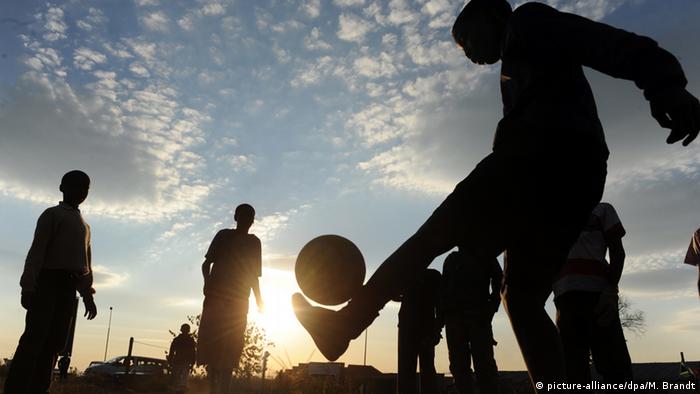The Shakespearean tale of disgraced Montreal politician Michael Applebaum begins a new chapter Monday, as his preliminary hearing gets underway on 14 charges, including fraud, breach of trust and conspiracy.The stakes are even higher for Applebaum now that some of the people arrested on the same day he was have pleaded guilty - including former borough councillor and federal Conservative candidate Saulie Zajdel, last Tuesday.
Applebaum rose from municipal councillor to borough mayor to become Montreal's first elected Jewish mayor and first anglophone mayor in a century, only to see his political career undone by allegations of corruption.Now the man who said when he was sworn in as mayor in 2012 that he would "erase the stain on our city" is fighting to save his reputation and his political legacy.
From shoe store to mayor's chair
Applebaum ran his family's shoe store and worked as a real estate agent before he was elected as a city councillor for Notre-Dame-de-Grâce in 1994.
It was after Tremblay was forced to resign in 2012 amidst a corruption scandal that Applebaum cannily maneouvred his way into the mayor's chair. (Tremblay has never been charged with any crime.)He served as borough mayor of Côte-des-Neiges -Notre-Dame-de-Grâce from 2002 to 2012, and he headed the city's powerful executive committee under former mayor Gérald Tremblay from 2011-2012.
Turns tables on former colleagues
After Tremblay's departure it was up to sitting councillors to choose one of their own to serve as interim mayor.Applebaum began to distance himself from Tremblay and his party, Union Montréal, reaching out to opposition councillors to try to build a new coalition.
The day he was sworn in as mayor in November 2012, Applebaum promised to clean up the city - even though he had served as a high-powered member of the administration that had been governing it for the previous decade. His gambit worked, and Applebaum squeaked by his former Union Montréal colleague, Richard Deschamps, when councillors voted in a secret ballot by 31 votes to 29.
"I solemnly vow that I will erase this stain on our city," Applebaum said."I vow that I'll be your eyes and ears and that I will get back what has been stolen from you," he said. "I will give you back your city."
Dark clouds
Applebaum's early days as mayor were fairly sunny. He established good working relations with the PQ provincial government and then cut taxes and transit fares.But there were dark clouds on the horizon.The same day Applebaum created a new municipal police squad to fight corruption in January 2013, he was forced to dodge corruption allegations of his own.
The French newspaper Le Devoir reported that Applebaum was being investigated by the Charbonneau commission over a real estate transaction in the city's Côte-des-Neiges–Notre-Dame-de-Grâce.Applebaum denied it.
A month later, officers from the province's anti-corruption squad, UPAC, raided Montreal city hall."I will continue to work as the mayor of Montreal and keep working on clearing corruption," Applebaum said at a news conference.Applebaum again denied any connection."I am not under investigation - that's clear," he told reporters in front of city hall that night."I want to reassure Montreal citizens that we are here to cooperate with the police. From the time of my election, I've made it clear I want to shed light on corruption and collusion."
Arrested and forced to resign
The allegations eventually caught up with him.
Police charged him with 14 offences including fraud, conspiracy, breach of trust and corruption in municipal affairs.In June 2013, less than a year after he became mayor, UPAC swooped in to arrest Applebaum at his home.
All the charges were tied to his days as borough mayor of Côte-des-Neiges–Notre-Dame-de-Grâce.Applebaum resigned as mayor the next day, continuing to deny the allegations."Being mayor of Montreal is not a task one can do while defending themselves against accusations of this nature. This is why I am resigning as mayor of Montreal," Applebaum said in a statement."I have never taken a penny from anybody," Applebaum said.Applebaum received a $267,000 severance package, because of the many years he served as a municipal politician.
Accused of asking for bribes
Search warrant documents obtained by CBC in October 2013 revealed more details about the allegations against Applebaum.The documents show UPAC investigators suspected Applebaum was a key player in a system of corruption in his home borough.
The documents show UPAC investigators believed Applebaum was asking real estate developers for cash in return for zoning changes.Investigators took a keen interest in several major real-estate projects in the works in Côte-des-Neiges–Notre-Dame-de-Grâce while Applebaum was borough mayor, including the McGill University Health Centre (MUHC) superhospital, the site of an old orphanage and an entire sector of the borough known as "the Triangle."
Working again in real estate
Applebaum has not spoken publicly since he resigned as mayor.But he did surface recently, returning to an old job.
Sometime in 2014 he started working again as a real estate broker.Salvatore Sansalone, the director of Imagine Realty, told CBC News in April he first met Applebaum more than a decade ago, when they worked at Royal Lepage together. "He is a real estate broker with a valid licence. Why should I not hire him?" Sansalone said. "I've had people come in from Montreal West and neighbouring NDG, coming into my office congratulating me...He's been a great character of the city. He's done great things," Sansalone said.
Guilty pleas from associates
In the weeks leading up to the beginning of Applebaum's preliminary hearing, the two other men arrested the same day as the former mayor have pleaded guilty.The charges stem from two real estate deals in Côte-des-Neiges - NDG that allegedly involved tens of thousands of dollars in bribes.
Former Côte-des-Neiges - NDG city councillor Saulie Zajdel pleaded guilty last Tuesday to charges of breach of trust and corruption. Zajdel's lawyer, Jeffrey Boro, told CBC News pleading guilty was a difficult decision for his client."Mr. Zajdel has decided to turn the page, close that part of his life and move on," he said. The former director of permits for Côte-des-Neiges -NDG, Jean-Yves Bisson, pleaded guilty to fraud the previous Friday, while three other charges against him were dropped. Bisson admitted to accepting a bribe from two businessmen with alleged links to organized crime.
Applebaum's day in court
Applebaum has consistently denied all charges against him and vowed to fight them.Last Thursday, his lawyer, Pierre Teasdale, told CBC News in an email that the guilty pleas from Zajdel and Bisson will not change that.?"
Not only will Mr. Applebaum maintain his plea of not guilty, but he will vigorously defend himself against the charges he is facing and insist upon bringing the case to trial as soon as possible," Teasdale said in the statement."The conclusion of the files of Mr. Bisson and Mr. Zajdel have nothing to do with my client's case, and we are totally indifferent to them," Teasdale said.
cbc.ca






